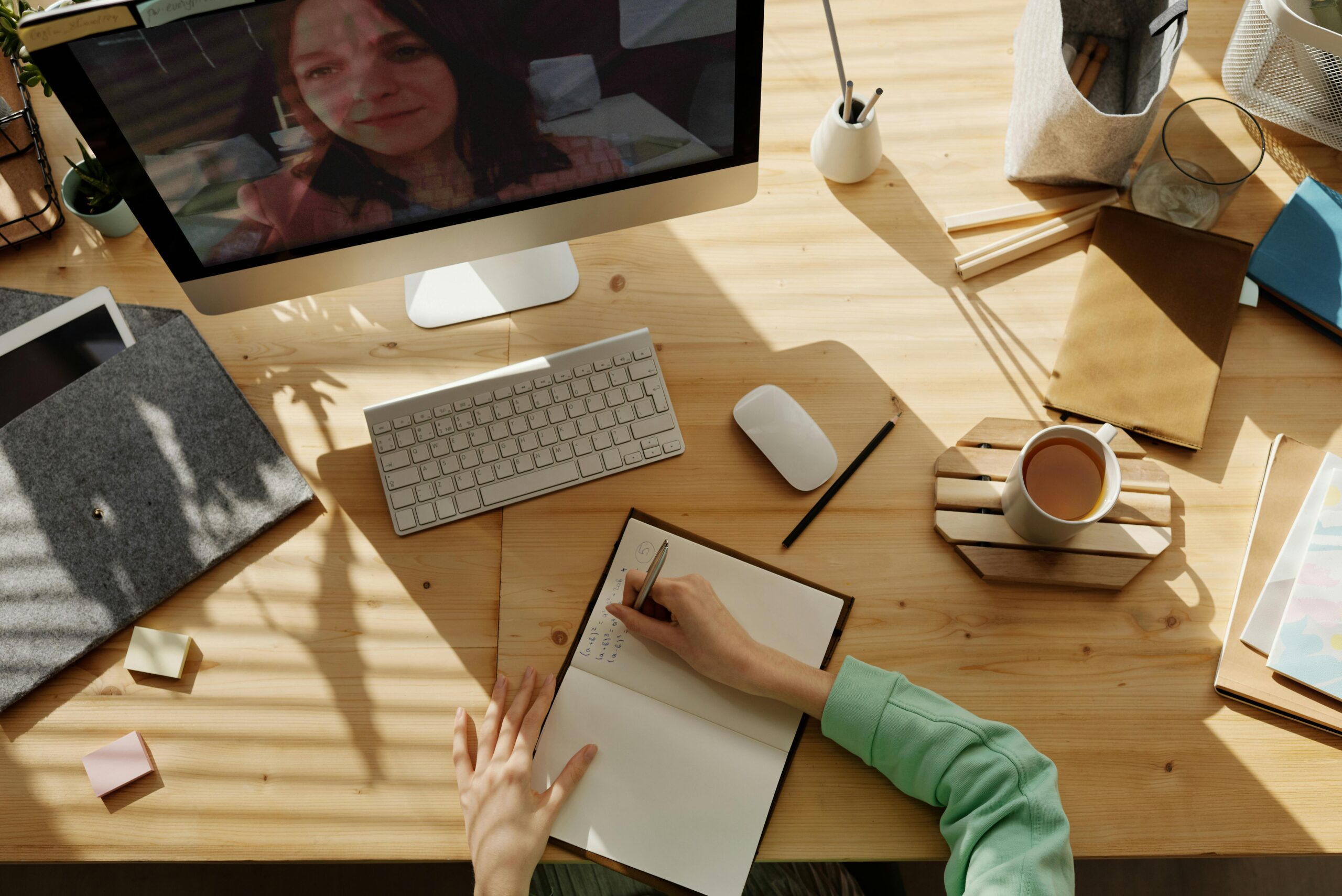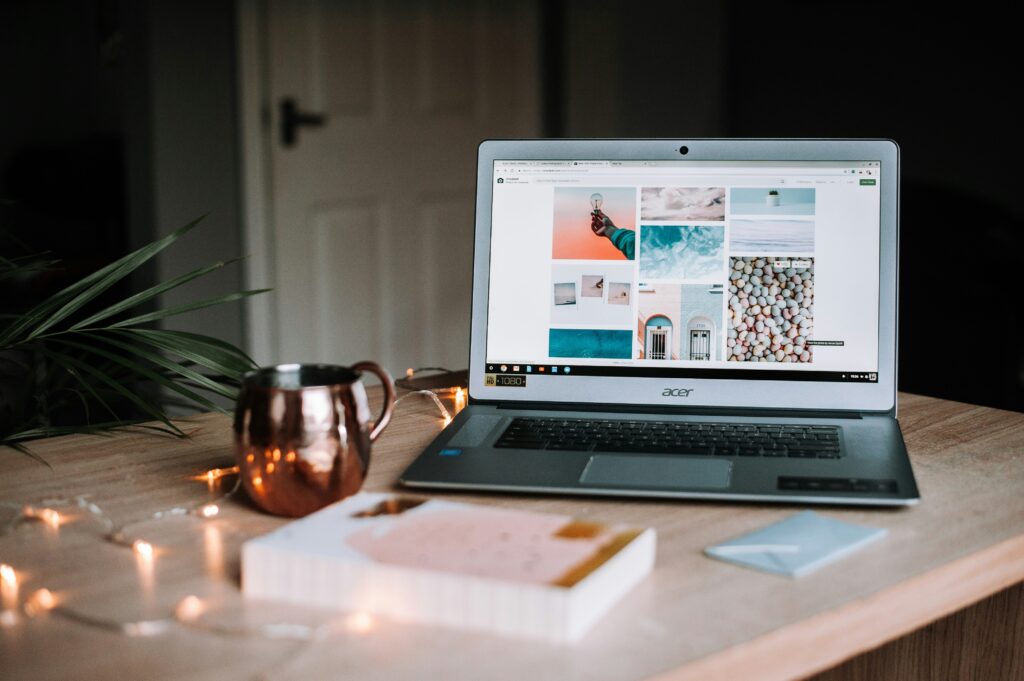Graphic Design Courses in the UK.
You do not need a degree in graphic design to work as a graphic designer. You can now learn and study graphic design through online graphic design courses like Blue Sky Graphics graphic design courses. Just as easy as it is to learn graphic design you can easily find jobs in this sector, especially nowadays with the COVID-19 crisis surge that has forced many people to work from home or find roles that allow them to do so.
To be a graphic designer you need not only to know the technical and theoretical knowledge but more importantly have practical knowledge and experience. If you are a true artist and graphic designer at the core you would love this industry because of the daily challenges it involves. In this article, we will talk about what graphic designers do and the steps on how to become one. Let’s begin!
What is a graphic designer’s role?
Graphic designers can work on either a full-time, part-time or self-employed basis. You will typically need to complete weekly or daily projects regardless if you are on a part-time or full-time basis.
It is important for a graphic designer to have good time-keeping skills so that you can ensure that you meet your deadlines and carefully watch your time. If graphic design is something that you are considering studying but you have a full-time career, it is possible to do, though you will need to find a way to manage your time and schedule.
Working as a freelance graphic designer, you may need to sometimes work evenings and weekends in order to meet clients’ demands and deadlines.
Graphic designers can create things such as television and mobile apps to print publications such as newspapers, flyers, and magazines. Graphic designers can be asked to produce a variety of different things.
Graphic design skills are also in high demand in a variety of industries. Though one thing is for sure: graphic designers are needed in a multitude of professions, just as every organisation requires marketing.
Therefore as a graphic designer, you would be expected to master a number of skills at once. You can, however, choose to specialise in a single field. Among the most common graphic design specialities are typography, web design, product packaging, logos, book design, user interface design, and user experience design.
Let’s check out the 10 phases to becoming a graphic designer:
1) Learn and understand the essentials of graphic design.
Before we dive right in, It is very important that you learn the concepts of design and have good knowledge of the aspects of design.
If you are completely new to graphic design and have no prior knowledge, we advise that you do a bit of research on the history of graphic design and its concepts to become familiar with it. As we mentioned the theoretical side of graphic design is important, however, the practice is what truly makes a graphic designer. So we recommend you practice your graphic design abilities as much as you can.
Nowadays you can find many resources on the Internet that can help beginners in graphic design to start their journey, including online graphic design courses.
You can use these resources to better understand graphic design and have a better sense of what it would be like to work in this field. Some courses you will find online offer a certificate once you have finished, this is important to add to your résumé and portfolio.
2) Use graphic design software.
After you have gained some knowledge of the history of graphic design and the essentials of the theory of design, you can start to use some of the best graphic design resources. Some of these are Adobe Photoshop, InDesign, Illustrator, GIMP, and many more.
You should utilise graphic design software, some you can find for free, while others may require payment. Using these to practice will help you to develop your skills and talents in graphic design.
3) Salaries as a graphic designer are usually quite high.
So before you get to becoming a professional and qualified graphic designer, the learning process can be costly.
For example, to become a writer or journalist, you typically would just need your laptop to start writing, with graphic design more is required. Depending on what area you want to focus on in graphic design, we can assist you in choosing the right program or software for you.
For example, if you are an Adobe fan, you may wish to take advantage of their monthly subscription to Adobe Creative Cloud, though it can be expensive for beginners who do not have a lot of income. If financially this is not the right option for you, you can choose to use free alternatives to the Adobe software.
Apart from the necessary software and programmes, graphic designers should only need a laptop and an Internet connection.
4) Look up famous graphic designers on your social media.
This step can sometimes be overlooked. Although it is important to use it. We recommend aspiring graphic designers to look up and find inspiration from other graphic designers, this will help them find their style and perhaps even ignite passion and ideas.
We also recommend following well-known graphic designers because it can help not only to become inspired but also with the long term future. This is because it will allow you to better understand what they do and what their role is.
5) Create a solid attention-seeking portfolio.
A graphic design online portfolio is a very important factor to consider when you want to start your career as a graphic designer whether as a freelancer or at a graphic design studio. Graphic design companies and employers want to see your online portfolio during interviews.
It is a good idea to create a presence online for yourself. By building your portfolio from the start and always updating it with your designs and projects, will assist in creating your presence. Though if you do not have any designs or projects to show, you could begin by redesigning and reproducing some popular logos to demonstrate your capabilities.
By having an online portfolio, it will help you secure work by showing employers what your work style is and if it will suit their business style and needs.
You can think of your portfolio as a type of CV. Many portfolios are online and in digital form, although you can also have it printed and ready to show in interviews.
6) Gain work experience.
After you have a terrific portfolio, you should not focus on displaying it and getting some work experience in the field of graphic design. It doesn’t necessarily matter if it is paid work or even an internship because the important thing is that you get experience especially if you are a newbie. Gaining experience will assist you when applying for mid-level or senior position roles.
Another benefit while working is that you can create a good graphic design network, and create a name for yourself in the graphic design community.
7) Knowledge of professional copywriting.
Many people do not acknowledge this stage, although it is a very important skill to have as a graphic designer. The main focus of a graphic designer is on all the components of design. However, the text that you input in your design will really affect how your work is perceived.
As a graphic designer, you are in charge of your work, you will not have anybody checking for errors in grammar or proofreading for you. That is why we recommend you work on your copywriting skills right away. Graphic designers who have good writing capabilities will always have an advantage over those who don’t. To have great copywriting skills does not necessarily mean you will have to form long content of text. You will most likely be required to create headers, concise descriptions, one-line slogans, and calls to action. When creating this content you will need to be extra careful of spelling mistakes and typos.
8) Stay up to date with the latest graphic design trends.
Graphic design is an evolving industry due to the latest trends and new technologies being produced on a regular basis. Though this is great, graphic designers will need to stay up-to-date with the latest trends that develop each year. A way to stay up-to-date with current trends it’s to follow popular graphic designers on social media. Employers and graphic design companies will always be looking for graphic designers that are diverse and can work within different styles. Ensure that you are keeping up-to-date with the latest graphic design trends and using updated graphic design programmes and software.
9) Specialise in a particular field.
If you dream of working for a graphic design agency and have a high goal in mind when it comes to your financial life, we recommend looking into a graphic design degree course. Although a Bachelor’s degree will not get you a senior position right away, a background in graphic design will assist you in climbing the financial ladder. Most freelancers are financially pretty successful and this might not be necessary, but it can be an advantage for your customers as well as yourself to specialise in a particular subject. This does not necessarily mean that you should limit yourself to one sector of graphic design courses and neglect the others. Graphic design courses
By specialising in a particular area, you are allowing yourself to become an expert in that field. This could be as a web designer, logo designer, or even a designer in motion graphics. Graphic design courses.
10) Always keep learning and improving.
Regardless if you are a Senior-level graphic designer or a newbie, you should have a student mindset and always be prepared to learn new things. By challenging yourself and discovering new trends, you are not limiting your services and abilities to clients and customers.
This does not necessarily mean that you always have to follow trends, you can also create fresh ideas and creative concepts on your own. Instead of following trends, you can be the trendsetter.
Perhaps you are a self-taught graphic designer and would like to go to university or take a graphic design course online. It’s never too late to go back to school. With so many online graphic design schools being flexible, this means that you do need to stop working in order to learn.
The steps above that we have recommended are just some of the recommendations you can apply in your journey if you want to start a career as a graphic designer. Most of these tips are relevant to both those who are looking to be freelancers and those who would prefer to work for an agency.





